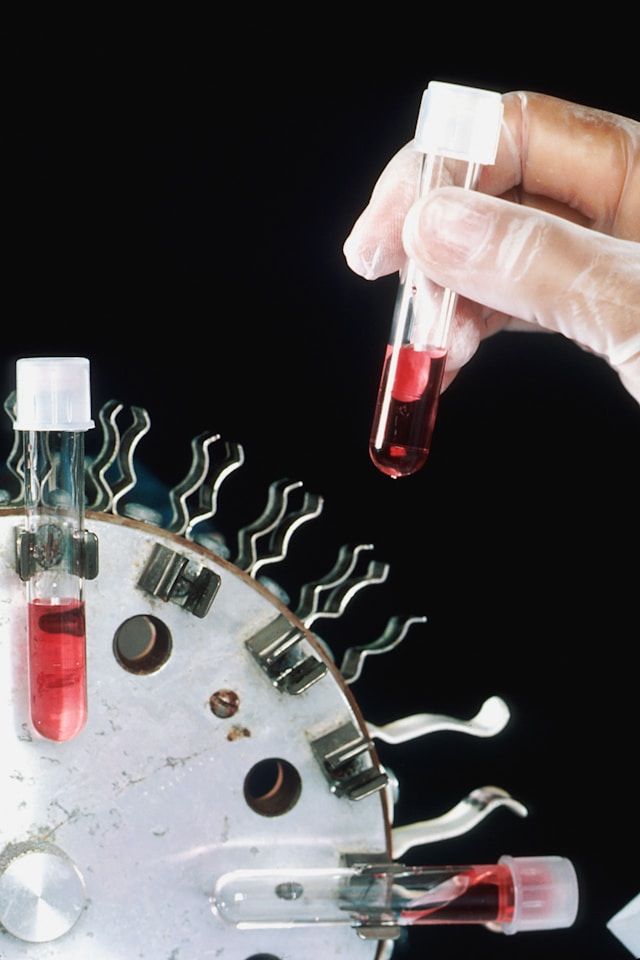Revolutionary Breakthrough: Type 1 Diabetes Cured in China with Stem Cell Transplant

In a groundbreaking and world-first achievement, researchers in China have successfully cured a patient with Type 1 diabetes using a stem cell transplant. This landmark procedure involved the innovative use of chemically induced pluripotent stem-cell-derived islets (CiPSC islets), marking a major advancement in diabetes treatment.
The patient, a 25-year-old woman, had been living with Type 1 diabetes for 11 years and had previously undergone multiple unsuccessful transplant procedures. The new approach initiated by researchers from Tianjin First Central Hospital and Peking University involved harvesting adipose tissue cells from the patient and reprogramming them into pluripotent stem cells. These stem cells were then transformed into islet cells, which are essential for insulin production and blood sugar regulation.
The transplant, which took only thirty minutes, was performed with cells derived from the patient’s own body, eliminating the risk of immune rejection. Remarkably, just two and a half months after the procedure, the patient began to naturally regulate her blood sugar levels and has since been able to stop her external insulin injections. Monitoring over the following months confirmed that her blood sugar remained stable, with levels within the target range for over 98% of the time.
The procedure also involved a simpler transplant technique, placing the islet cells in the abdominal muscles rather than the liver, reducing inflammation risks associated with the surgery. One year post-transplant, clinical data showed no abnormalities related to the transplant, suggesting the patient’s body has successfully integrated the new cells.
This pioneering achievement could pave the way for further clinical studies assessing the efficacy of CiPSC islet transplants in treating Type 1 diabetes, offering hope for a more permanent solution to a condition that has long required lifelong management.
